Scars tell our stories — reminders of healing, resilience, and recovery. But sometimes, scars don’t fade the way we expect. Instead, they become raised, firm, and more visible than we’d like. Two common culprits behind these changes are keloid scars and hypertrophic scars.
While they might look similar, understanding their key differences is essential — not just for appearance, but for how you care for your skin. At Rejûvaskin, we believe informed skin care is the foundation for healing that’s as healthy as it is beautiful.
Understanding How Raised Scars Form
Scars form as part of your body’s natural repair process. When your skin is injured, your body produces collagen, a structural protein that rebuilds damaged tissue.
In some people, this process goes into overdrive — producing too much collagen and creating a raised, thick scar. Both keloids and hypertrophic scars fall into this category, but they behave differently beneath the surface.
According to research, these scars are linked to abnormal fibroblast activity and prolonged inflammation, leading to excess collagen and irregular tissue remodeling (Berman et al., 2017).
What Is a Keloid Scar?
Keloids are overgrown scars that extend beyond the boundaries of the original wound. They’re often smooth, shiny, and may appear pink, red, or darker than your natural skin tone.
Keloids tend to continue growing over time and may cause itching, tenderness, or discomfort. They can develop after even minor injuries — such as piercings, acne, or surgical incisions — and are more common in people with darker skin tones (Falabella & Kirsner, 2005).
These scars can be stubborn because their collagen production doesn’t “shut off” after healing, making prevention and early intervention key.
What Is a Hypertrophic Scar?
Hypertrophic scars, on the other hand, stay within the wound’s original edges. They’re raised, firm, and sometimes red or itchy — but unlike keloids, they tend to improve naturally over time.
As the body continues to remodel collagen, hypertrophic scars can flatten and fade, especially with proper care. The difference lies in how your body controls collagen synthesis after injury (Kelly, 2008).
Key Differences at a Glance
-
Keloids: Grow beyond the wound; continue expanding; high recurrence rate.
-
Hypertrophic scars: Stay within the wound; may flatten over time.
-
Keloids: Often shiny, darkened, and firm to the touch.
-
Hypertrophic scars: Thicker and redder but more responsive to treatment.
-
Keloids: May require ongoing therapy.
-
Hypertrophic scars: Often improve with consistent silicone therapy.
As one study noted, “the defining distinction lies in the scar’s growth behavior rather than its appearance” (Limandjaja et al., 2020).
Why the Difference Matters
Understanding which type of scar you have helps guide the right treatment strategy.
-
Hypertrophic scars often respond well to silicone-based therapy, gentle massage, and hydration.
-
Keloids, however, may need long-term management to control collagen activity and inflammation.
Recent studies have shown that both scars involve chronic inflammation of the reticular dermis, which means early intervention with products that calm and protect the skin can significantly improve results (Kurokawa & Nakase, 2020).
How Rejûvaskin Helps You Heal Smarter
At Rejûvaskin, our approach combines clinical science and skin wellness to support your body’s natural healing process — without irritation.
1. RejûvaSil® Silicone Scar Gel
A lightweight, medical-grade silicone formula that helps soften, flatten, and fade both hypertrophic and keloid scars. It forms a breathable barrier that keeps the skin hydrated and regulates collagen production, reducing redness and itch while improving scar texture.
Explore RejûvaSil® Silicone Scar Gel
2. Scar Fx® Silicone Sheeting
For larger or post-surgical scars, Scar Fx® provides 24-hour silicone therapy that keeps skin supple and minimizes tension — two key factors in preventing raised scarring. It’s reusable, gentle, and clinically proven to improve the color, height, and pliability of scars.
Discover Scar Fx® Silicone Sheeting
3. Scar Esthetique® Silicone Scar Cream
A multi-ingredient formula enriched with silicone, antioxidants, and botanical extracts to brighten and nourish scar tissue while promoting a more even tone. Perfect for both new and mature scars, this cream supports healthy-looking skin with a gentle, non-irritating finish.
Shop Scar Esthetique® Silicone Scar Cream
Tips for Managing and Preventing Raised Scars
-
Start early – Begin silicone therapy as soon as the wound is fully closed.
-
Stay consistent – Daily use makes a noticeable difference in scar texture and tone.
-
Protect from the sun – UV exposure can darken scars and delay healing.
-
Avoid tension – Limit pulling or stretching around healing skin.
-
Be patient – True scar remodeling takes time — often several months of consistent care.
Keloids and hypertrophic scars may look alike, but understanding their differences can transform your healing journey. With the right combination of science-backed ingredients, consistent care, and silicone-based therapy, you can help your skin recover beautifully.
At Rejûvaskin, we’re here to make that journey smoother — with products that are effective, gentle, and rooted in skin wellness.
Works Cited
-
Berman, B., Maderal, A., & Raphael, B. A. (2017). Keloids and Hypertrophic Scars: Pathophysiology, Classification, and Treatment. Dermatologic Surgery. Link
-
Falabella, A., & Kirsner, R. (2005). Keloids and Hypertrophic Scars. Link
-
Kelly, A. P. (2008). Hypertrophic Scars and Keloids. Link
-
Kurokawa, M., & Nakase, H. (2020). Faculty Opinions Recommendation of Keloid and Hypertrophic Scars Are the Result of Chronic Inflammation in the Reticular Dermis. Link
-
Limandjaja, G. C., Belien, J., Scheper, R., Niessen, F., & Gibbs, S. (2020). A Study Looking at the Differences Between Hypertrophic Scars and Keloid Scars. British Journal of Dermatology. Link
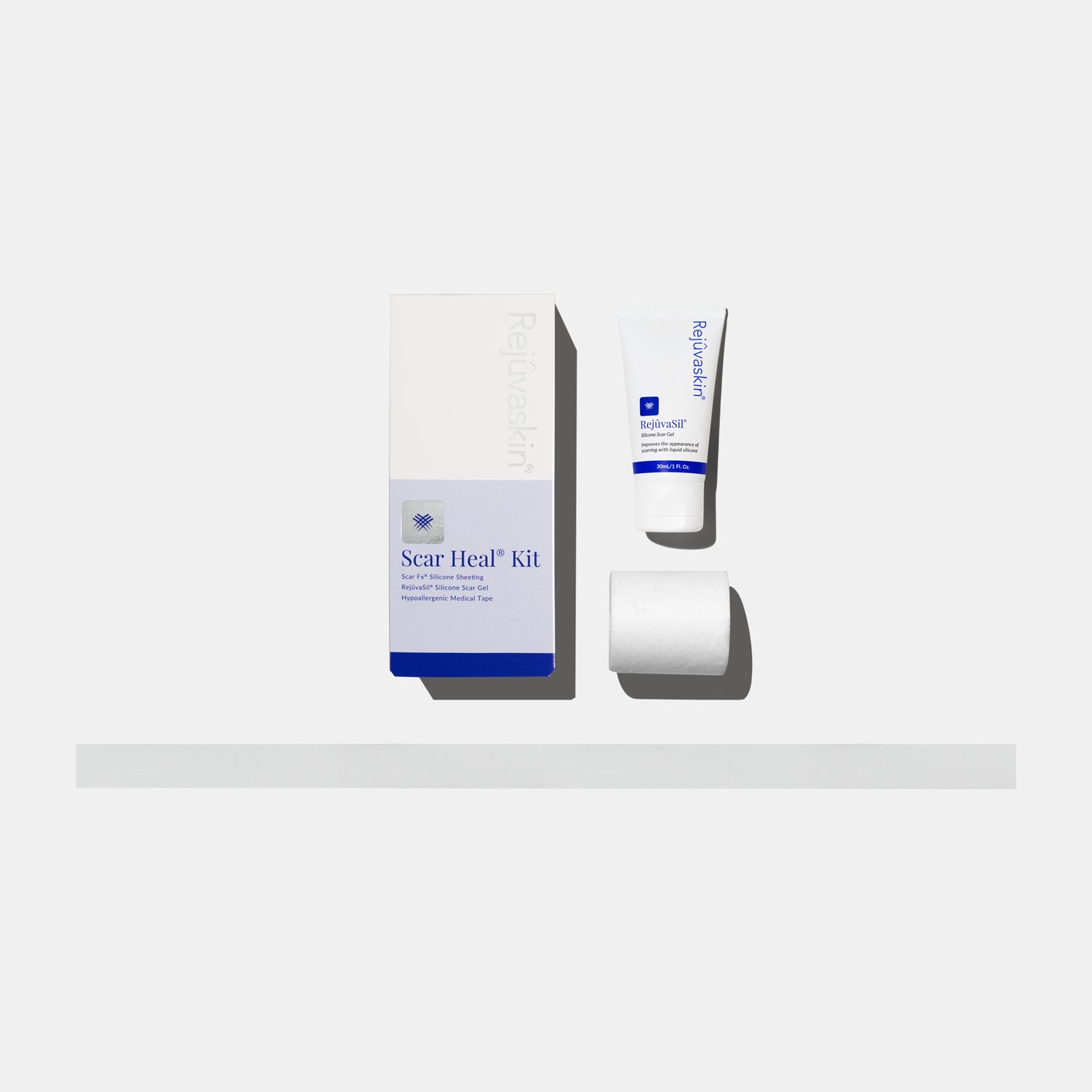



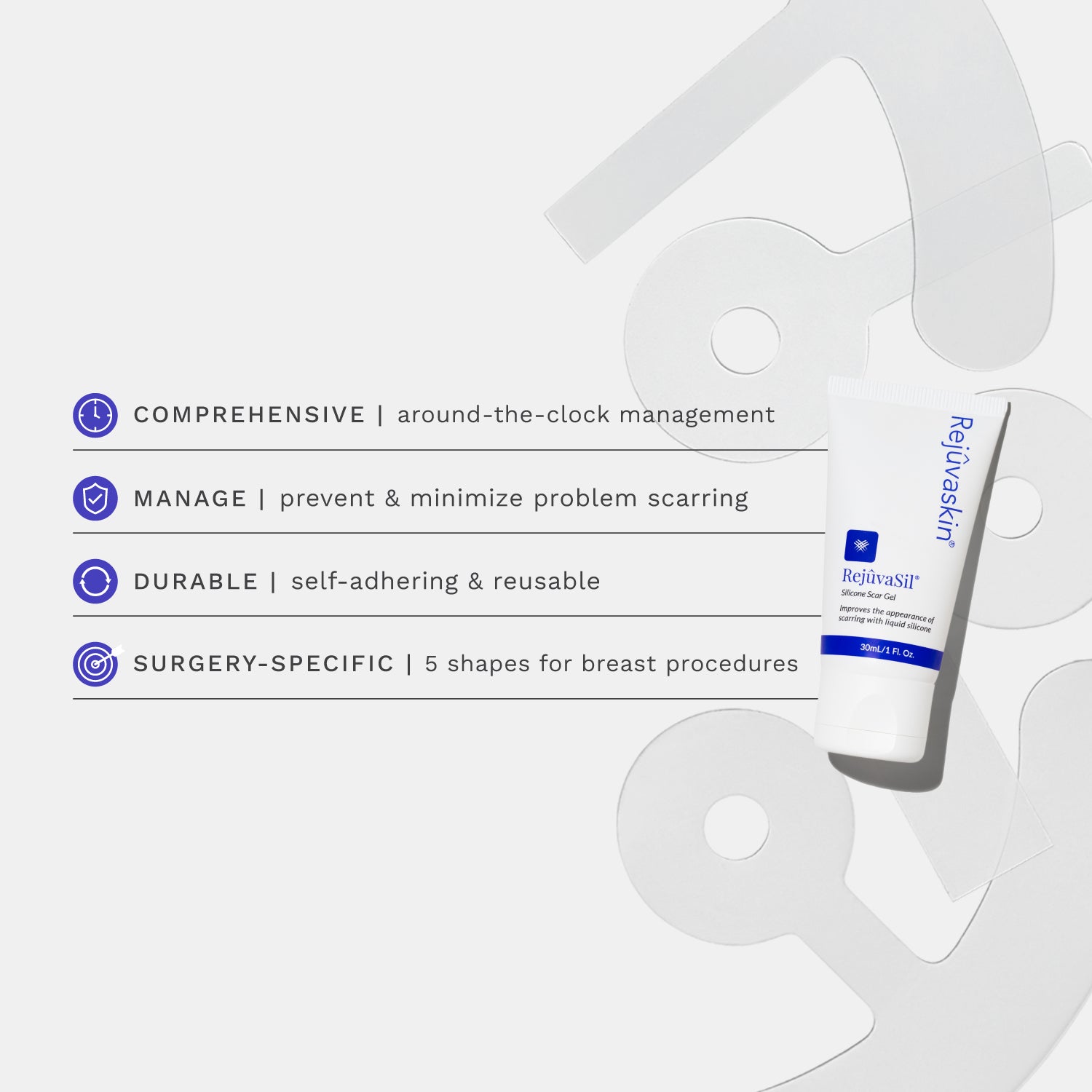
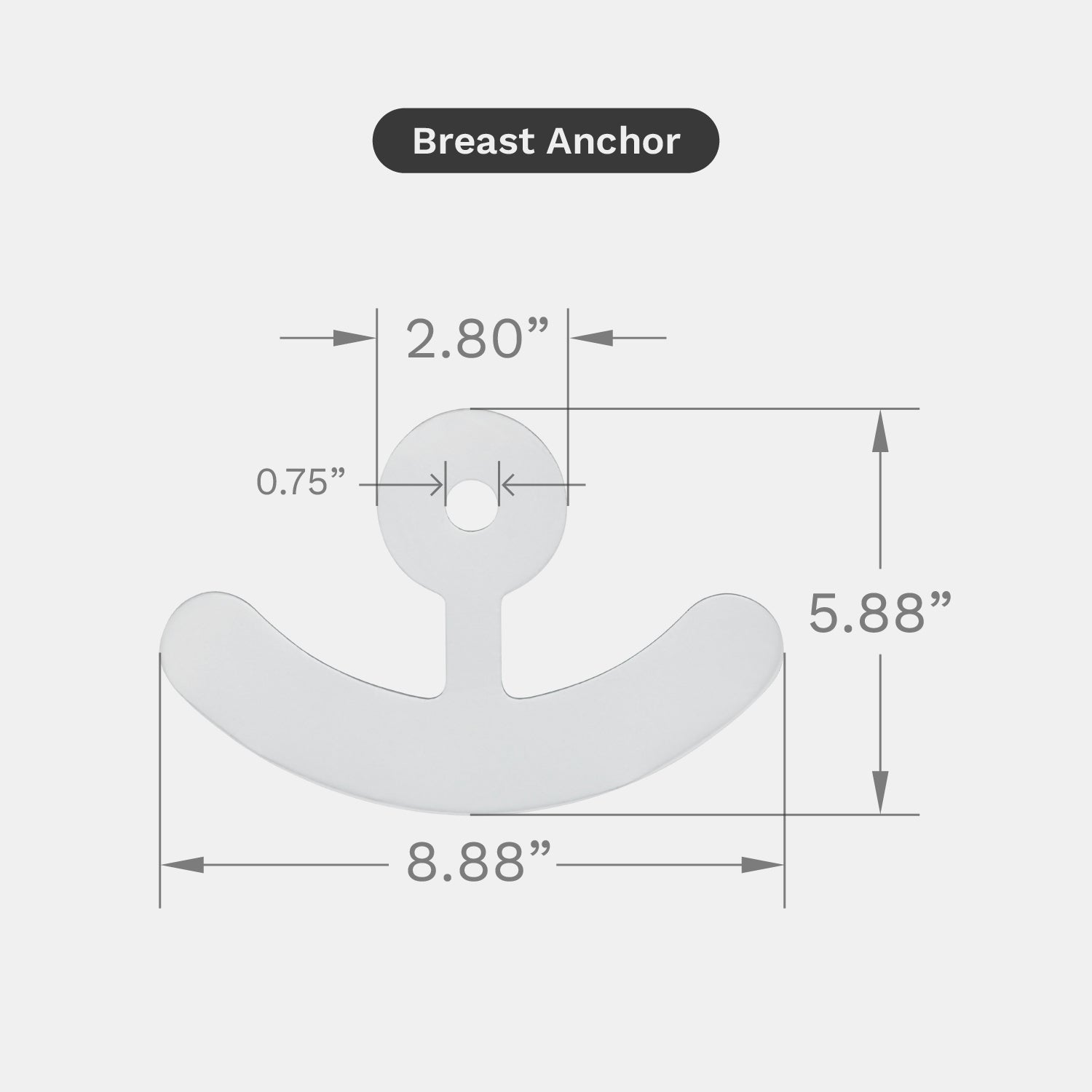
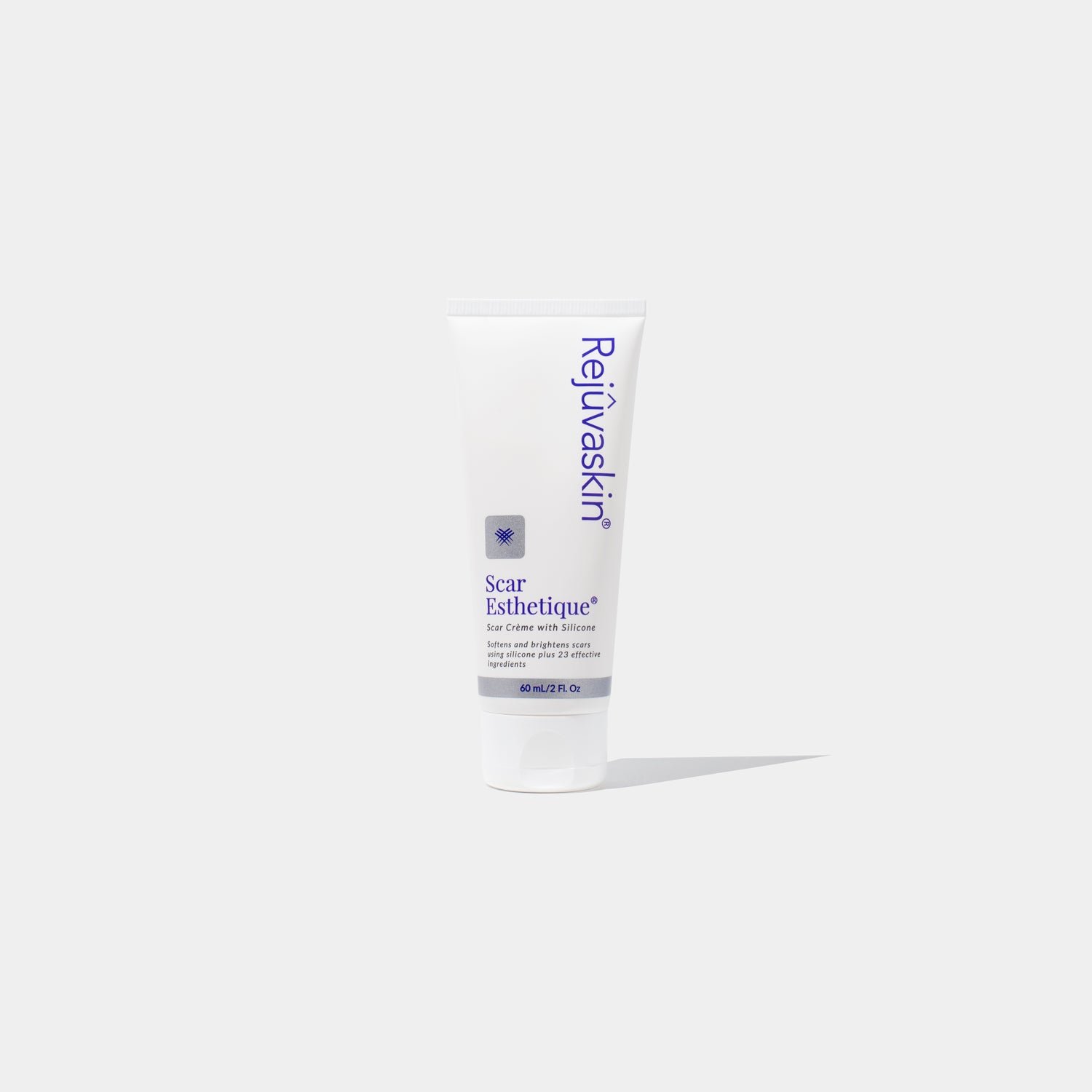
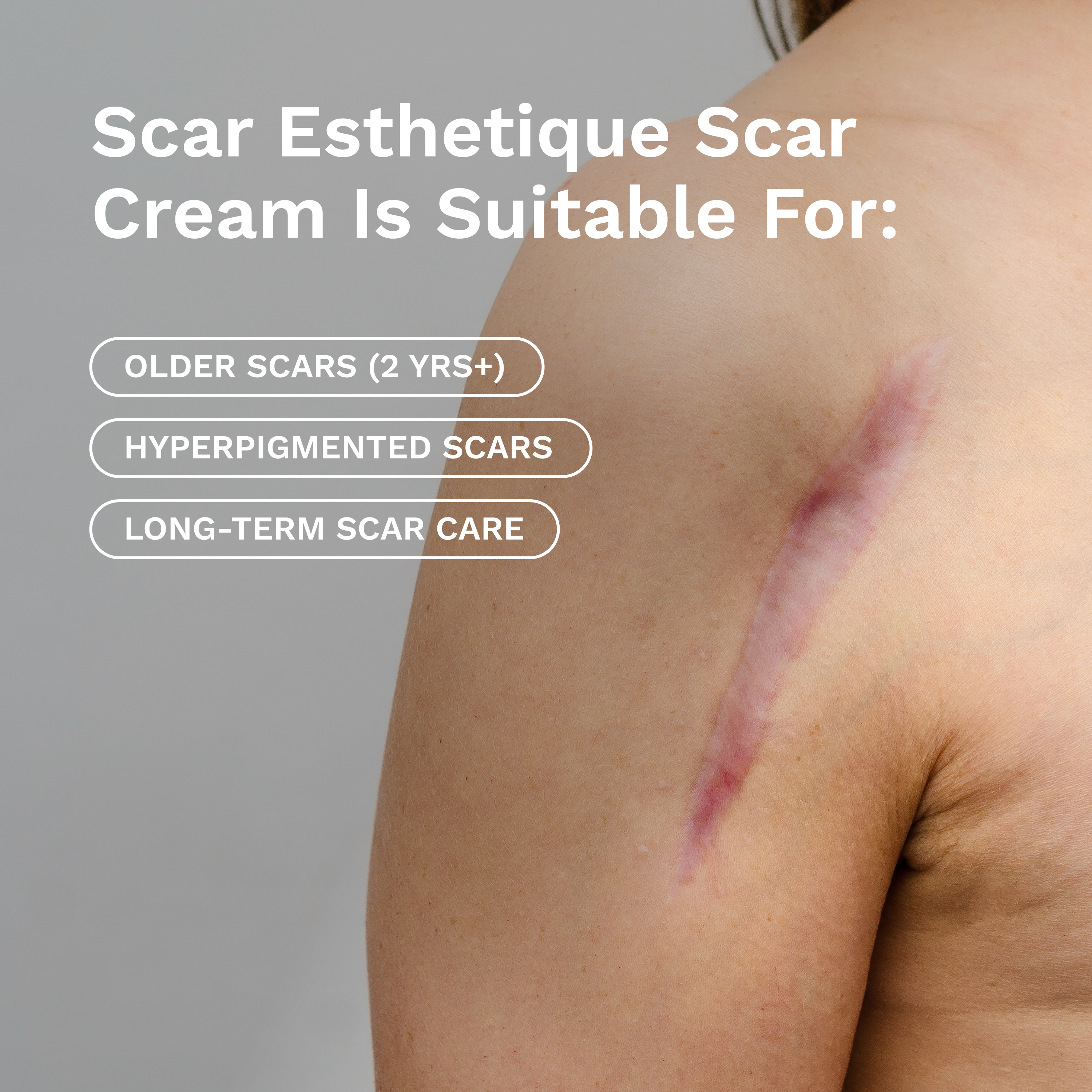









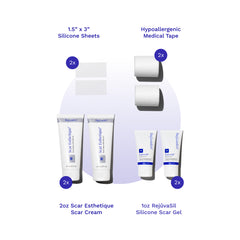

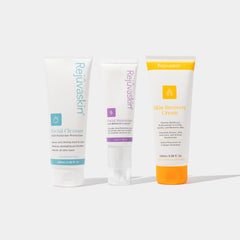

Leave a comment